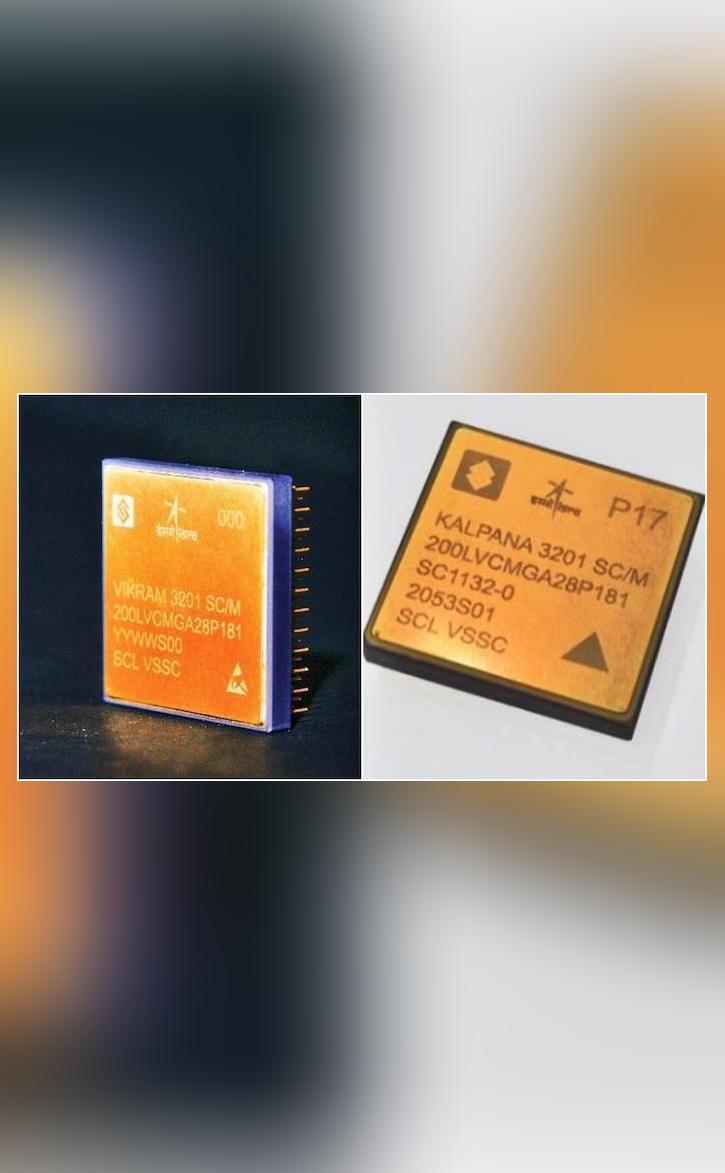
ISRO & SCL Develop 32-bit Microprocessors for Space Applications
In a significant milestone for Indian space technology, the Indian Space Research Organisation (ISRO) and the Semiconductor Laboratory (SCL) in Chandigarh have jointly developed two 32-bit microprocessors, VIKRAM3201 and KALPANA3201. These microprocessors have been specifically designed for space applications, making India one of the few countries in the world to have developed such advanced technology indigenously.
The VIKRAM3201 microprocessor is a significant achievement, as it is the first fully “Make-in-India” 32-bit microprocessor that has been qualified for use in the harsh environmental conditions of launch vehicles. This means that the microprocessor has been tested and certified to withstand the extreme temperatures, vibrations, and radiation that are encountered during the launch and flight phases of a space mission.
The development of these microprocessors is a result of the collaboration between ISRO and SCL, which has been ongoing for several years. The SCL, which is a leading institution in the field of semiconductor technology, has a long history of developing advanced microprocessors for various applications. The partnership with ISRO has enabled the SCL to focus on developing microprocessors that meet the specific requirements of space applications.
The VIKRAM3201 microprocessor is designed to operate at a clock speed of up to 200 MHz and has a power consumption of less than 1 watt. It features a 32-bit architecture and has a memory bandwidth of up to 100 Mbps. The microprocessor is also designed to be highly reliable, with a failure rate of less than 1 in 10^10 hours.
The KALPANA3201 microprocessor, on the other hand, is designed for use in satellite applications. It features a 32-bit architecture and operates at a clock speed of up to 100 MHz. It has a power consumption of less than 500 mW and features a memory bandwidth of up to 50 Mbps.
The development of these microprocessors is a significant milestone for India’s space program, as it enables the country to reduce its dependence on foreign technology and develop its own advanced microprocessors for space applications. This not only saves foreign exchange but also provides a boost to the country’s indigenous technology capabilities.
The use of these microprocessors in space applications also offers several advantages, including improved reliability, reduced power consumption, and increased processing power. These advantages are critical for space missions, where the success of the mission depends on the reliable operation of the spacecraft.
The ISRO has already qualified the VIKRAM3201 microprocessor for use in launch vehicles, and it is expected to be used in future missions, including the Gaganyaan crewed mission to the International Space Station. The KALPANA3201 microprocessor, on the other hand, is expected to be used in various satellite applications, including navigation, communication, and earth observation.
The development of these microprocessors is a testament to the capabilities of Indian scientists and engineers, who have worked tirelessly to develop advanced technology for space applications. The partnership between ISRO and SCL is a shining example of what can be achieved when organizations collaborate to achieve a common goal.
In conclusion, the development of the VIKRAM3201 and KALPANA3201 microprocessors by ISRO and SCL is a significant achievement for India’s space program. These microprocessors are designed to meet the specific requirements of space applications and offer several advantages over foreign-made microprocessors. The use of these microprocessors in space applications is expected to improve the reliability, efficiency, and effectiveness of Indian space missions, and marks a significant milestone in the country’s efforts to develop its own advanced technology for space applications.






